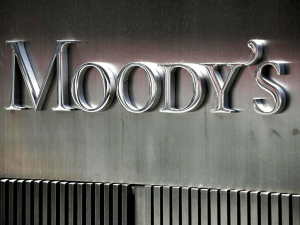Canadian retail sales unexpectedly slipped in March from February on lower car and clothing sales, adding to growing evidence that economic growth slowed in the first quarter of this year. Retailers reported a 0.1 percent drop in sales versus market expectations of a 0.3 percent gain, with sales dipping to C$41.07 billion ($37.68 billion) for the month, according to Statistics Canada data on Thursday.
The sting of the surprise was lessened by an upward revision of the February sales figure to a record high of C$41.11 billion from C$41.03 billion previously. In volume terms, sales decreased 0.2 percent in March. Consumer spending and the housing market have been big drivers of economic growth in Canada for the past five years. "The moderation in retail spending growth through the first quarter is disappointing though in part it reflects some intensification of below-average temperatures as the quarter progressed," said Paul Ferley, assistant chief economist at the Royal Bank of Canada.
The soft retail performance, which follows weak wholesale data this week, has prompted economists to downgrade their forecasts for the first quarter to below 2 percent, annualised. The Bank of Canada in April forecast 2.5 percent growth in that period. But the drag on growth is likely temporary, economists said, with a rebound seen in the second quarter and the remainder of the year. "The unleashing of weather-induced pent-up demand should support moderate spending gains in the months ahead. Supported by low financing costs and milder temperatures, auto sales in April climbed to a record for the month," said a note by Scotiabank Economics.
The motor vehicles and parts sector was the biggest contributor to the decrease in March retail sales, falling 0.7 percent. Excluding autos, retail sales were up 0.1 percent. Clothing and accessories store sales declined 1.4 percent. Offsetting the weakness was a 0.8 percent jump in receipts at gasoline stations and a 0.4 percent rise at food and beverage stores. Decreases were reported in seven of the 11 sectors, representing 59 percent of retail sales. In the year to March, retail sales rose 3.9 percent, Statscan said. One of the most striking details in the retail report was the contrast between the strong economy and retail sales in the resource-rich Western provinces such as Alberta and Saskatchewan versus listless Ontario in central Canada, where manufacturing has traditionally been the main livelihood.
BR100
15,186
Increased By
82.6 (0.55%)
BR30
42,842
Increased By
223 (0.52%)
KSE100
149,361
Increased By
1164.3 (0.79%)
KSE30
45,552
Increased By
281.7 (0.62%)





















Comments
Comments are closed.